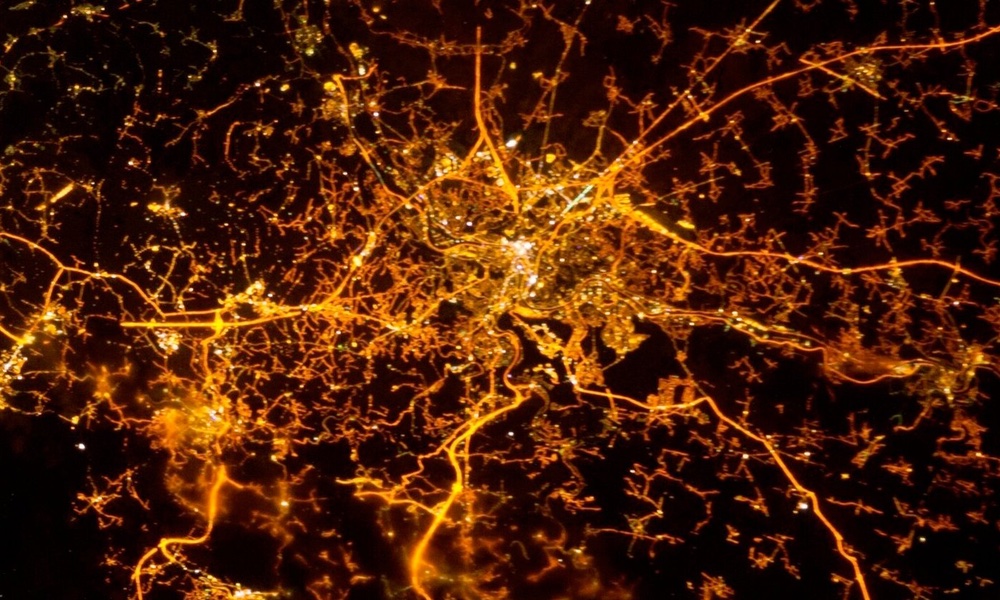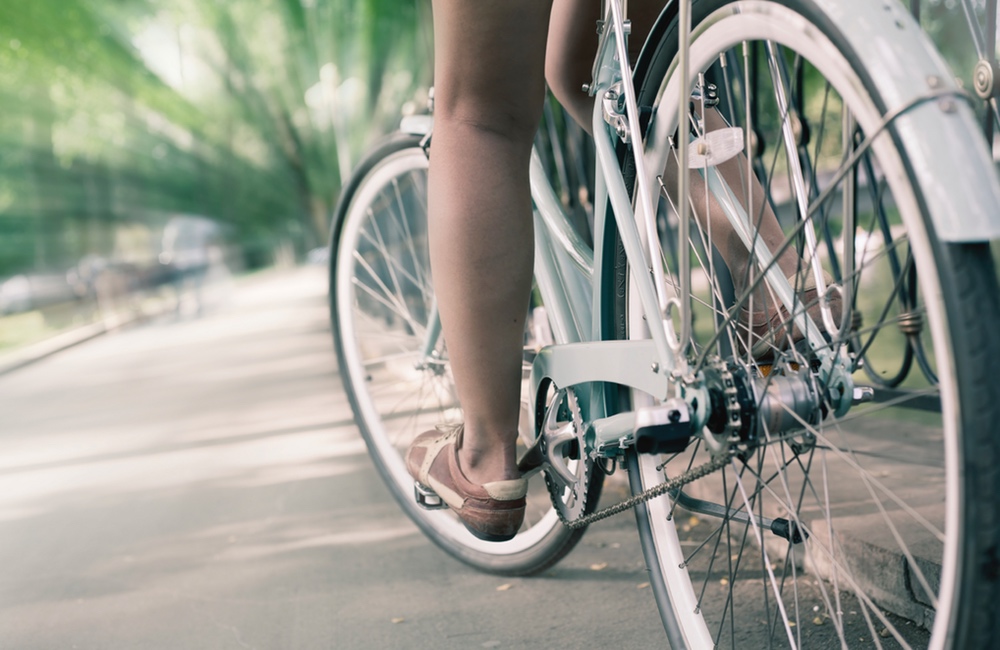When it comes to the health of arteries and veins in our brains, nighttime lighting can be a showstopper — and not in a good way.
Exposure to artificial light at night has been shown to contribute to the development of cardiovascular disease, and now new research makes a connection between nighttime lights and brain health. Specifically, cerebrovascular disease, which includes stroke.
Air pollution also upped the likelihood of a stroke, the study found, though it was independent of light exposure. Regardless of the type of air pollution exposure — whether from gasoline, oil, diesel fuel, dust, smoke, power plant emissions or other air pollutants — all contributed to an increased risk of cerebrovascular disease, making residents of certain neighborhoods more vulnerable to stroke.
The nighttime light aspect of the study is an especially big deal because it is estimated that around 80 percent of the world's population lives in environments that are “light-polluted” — areas that have inappropriate, unwanted or excessive artificial lighting.People exposed to the highest levels of artificial outdoor light at night had a 43 percent higher risk of developing cerebrovascular disease, compared to those with the least exposure.
Being continuously exposed to artificial light at night can suppress production of melatonin, a hormone that promotes sleep. When compared with so-called good sleepers — folks who fall asleep easily and have at least 7-hours of uninterrupted sleep — poor sleepers were more likely to experience worse health over time.
This study involved over 28,300 adults living in Ningbo, China, an industrial port city of more than 8.2 million people. Just under 60 percent of the participants were women. The average age of the participants was 62. The analysis of the study and its follow-up were conducted from 2015 to 2021.
Exposure to residential outdoor nighttime light was measured by satellite images that mapped light pollution.
The researchers found that participants exposed to the highest levels of artificial outdoor light at night had a 43 percent higher risk of developing cerebrovascular disease, as compared to those with the lowest levels of exposure.
Over 1250 of the study participants developed cerebrovascular disease, including 777 cases of the most common type of stroke, ischemic stroke, in which a clot blocks blood flow from the brain. Cases of stroke were confirmed by hospital medical records and death certificates.
“Our study suggests that higher levels of exposure to outdoor artificial light at night may be a risk factor for cerebrovascular disease,” study co-author Jainbing Wang, a researcher at the departments of health endocrinology of the Children's Hospital, Zhejiang University School of Medicine and the National Clinical Research Center for Children's Health in Hangzhou, China, said in a news release.
“People, especially those living in urban areas, should consider reducing that exposure to protect themselves,” he added.
So, what can you do if you live in an area where you're exposed to bright lights during nighttime sleep hours? The Sleep Foundation recommends that you:
- Cover your windows with black-out shades, blinds or curtains. Aluminum foil is a low-cost alternative.
- Wear an eye mask. Keep in mind that it needs be worn throughout the night.
- Pay attention to all the light entering your bedroom: Make sure all electronic device lights (including digital clocks) are covered or placed in another room.
- The gap between the door and floor is also a potential source of light. Turn off hallway lights or place a rolled- up towel against the gap at the bottom of your door.
The study is published in the American Heart Association journal, Stroke.





